Design – It's All Around Us!

Do you know how many types of designs are registrable in Japan?
On this page, we would like to introduce surprising examples of registrable designs. You'd be surprised!
• Foods (e.g., cakes, candies, curry cubes, Sushi, etc.)
• Construction Materials (e.g., reinforcing steels, shore protection blocks, pillars,assemblable houses, bathrooms, balconies, mailboxes, etc.)
• Basic Products (e.g., strings, chains, nails, plastic tapes, etc.)
• Stationeries and Printed Products (e.g., erasers, thumbtacks, chalk boards, books, leaflets,tickets, etc.)
• Handcrafted Items
• Agglomerates of Powders or Particles
• Images
Note: Since April 1, 2020, building designs and interior designs have also become subject to protection.
■ Foods (e.g., cakes, candies, curry cubes, Sushi, etc.)
For example, designs of foods are registrable.
It may sound somewhat awkward since the color and/or shape of a food may change over time, but that doesn't matter in design registration.
So far, designs of wide variety of foods have already been registered. Specific examples of the foods include curry cubes, sausages, fish paste products, Sushi, rice cakes, breads, noodles, confectioneries, etc. The following is some examples of foods designs of which are actually registered.
| Chocolate | Edible Container for Soft Ice Cream | Watermelon |
 |  | 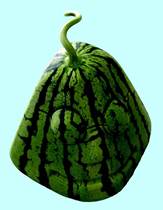 |
| Registration No. 1484401 | Registration No. 1479520 | Registration No. 1304011 |
| Registered partial design of chocolate. In this case, the part indicated by a solid line is protected as a design. This means that the right of this design applies as long as a chocolate is formed in the heart shape or a similar one, even if the image of a man and a horse printed on the chocolate is replaced with another one. | Registered design of edible container for soft ice cream, made by curling a langue-de-chat dough into a corn shape. In this case, not only the design of the edible container, but also a design of a combination of the edible container and a soft ice cream placed thereon are registrable as a "soft ice cream". | Watermelon with an interesting shape! They say they kept a growing watermelon in a mold for about a month so that the watermelon is shaped as above. Such a design of fruit is also registrable. The shape of watermelon, of course, changes one by one, but such minor differences are deemed allowable as being covered by the scope of similarity. |
For more details, please see the "To those in the food industry" page of our website!
■ Construction Materials (e.g., reinforcing steels, shore protection blocks, pillars, assemblable houses, bathrooms, balconies, mailboxes, etc.)
Beautility of construction materials creates an aesthetic impression, and thus designs of construction materials are also registrable.
So far, designs of wide variety of construction materials have already been registered. Specific examples of such materials include scaffolding plates, stakes, garden blocks, reinforcing steels, manhole covers, drainpipes, tunnel segments, breakwaters, dam gates, etc.
The examples further include assemblable houses, ceilings, handrails, tents, curtain rails, balconies, fences, water storage tanks, mobile pools, etc.
| Stairs | Set of Pair of Piers, Gate, and Fences | Assemblable House |
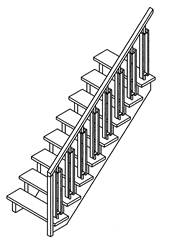 | 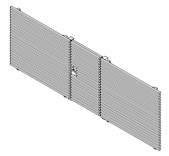 |  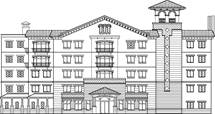  |
| Registration No. 1508048 | Registration No. 1559838 | Registration No. 1271033 |
| Registered design of stairs. Parts of stairs, such as handrails of the stairs, support rods for such handrails, and foldable support stairs, are also registrable as partial designs. | In this case, the piers, the gate, and the fences constitute a "set of pair of piers, gate, and fences" (i.e., "set of articles".) If uniformity is recognized for such a set of articles in all, the design of the set of articles is registrable as a single design. | Registered design of assemblable house constructed by assembling a plurality of pre-fabricated building units in a building site. Though the whole design of the house is registered, it is also possible to utilize the partial design system if you would like to pursue designs of parts of such a house, such as those of the entrance and the balcony. |
The noteworthy fact here is that since April 1, 2020, designs of immovable properties have also become registrable.
Before the revision of the Design Act, designs to which design rights were applied needed to be in the form of articles (among tangible objects, movables that are distributed in the market). However, due to the revision of the Design Act in response to changes in social conditions, building designs and interior designs, both of which are designs of immovable properties, have also become subject to protection.
We believe that with emphasis on brand differentiation, more design applications in this field will be registered in the future.
You may notice that the assemblable house, which is shown above as an example of the registered design before the revision of the Design Act, seems to be an immovable property to all appearance. If you search J-PlatPat, which is a database powered by the JPO, you can find that designs of many immovable properties, such as ready-built houses and condominiums, were already registered. How come designs of these immovable properties were registered before the revision of the Design Act?
It is considered that these immovable properties were dealt with as movables because most of immovable properties are composed of a plurality of pre-fabricated building units which are combined together in a building site, and such units can be sold as movables before they are fixed on land even if such units fall under immovable properties when in use.
Before the revision of the Design Act, a design of a building that is not repeatedly producible in a large quantity by industrial techniques (e.g., a unique building designed by a designer) was not registrable even if such a building was dealt with as a movable before it is fixed on land. However, due to the revision of the Design Act, a design of such a building has become subject to protection as long as it is a design based on which multiple identical objects can be constructed.
■ Basic Products (e.g., strings, chains, nails, plastic tapes, etc.)
Designs of basic products with various intended use are also registrable. Even if the utility article is very small, acquisition of design right is possible as long as such an article has a beautility.
Specific examples of registered designs of basic products include textiles, plates, cords, wirings, piping tube, pipe joints, valves, screws, nails, locks, etc.
| Tapping Screw | Shower Head | Hose |
 |  |  |
| Registration No. 1425738 | Registration No. 1549591 | Registration No. 1303546 |
Please note here that a design consisting solely of a shape that is indispensable for securing function of the article is not registrable.
For example, a design of a reflection mirror for receiving satellite broadcasting, which inevitably has a specific shape so as to serve as a reflection mirror of a paraboloid antenna, is not registrable. Moreover, a design of an article whose element, such as a shape and/or a dimension, is standardized or normalized so as to secure compatibility of the article (including technical functions of the article) and which needs to be accurately reproduced due to its shape and/or dimension thus standardized or normalized, is not registrable. Such shape is the subject of protection under the Patent Act or the Utility Model Act. If you are onto something, please consider filing a patent application or a utility model application instead.
■ Stationeries and Printed Products (e.g., erasers, thumbtacks, chalk boards, books, leaflets,tickets, etc.)
Designs of common products such as stationaries and printed products are also registrable. Isn't it surprising?
The range of registered designs of common products is surprisingly wide. Specific examples of common products designs of which are registered include teaching tools such as a globe, painting tools such as a palette, writing materials, stationaries, paper products and printed products such as a name card, Noshi-gami, a post card, and a lottery ticket, advertising products and display products such as wrapping paper, a packaging container, an advertising balloon, and an electronic message board, mannequins, display cases, etc. The following is some examples of such registered designs.
| Photo Sticker Sheet for Sticker Vending Machine | Tissue Paper | Pair of Pens |
 |  | 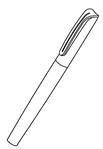  |
| Registration No. 1503743 | Registration No. 1320404 | Registration No. 1273721 |
| Registered partial design of Purikura (instant photo sticker). The part indicated by solid lines is registered as a design. The right holder of this design can claim injunction and/or damage compensation against a person who as a business implements a photo sticker sheet with a frame similar to the frame indicated by the solid lines. | If you look it more closely, you'd find the following pattern. 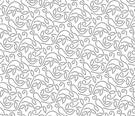 | Two or more articles that are to be used together and are specifically designated by the Ordinance of the Ministry of Economy, Trade and Industry are called "set of articles." In this case, the fountain pen and the ballpoint pen, whose clip parts have similar shapes, constitute "one set of writing materials." Since the fountain pen and the ballpoint pen have similar clip parts, uniformity is recognized between the two articles. As such, their designs are registered as a single design of a set of articles. |
For more details, please see the "To those in the office supplies industry" page of our website!
■ Handcrafted Items
Designs of handcrafted items are also registrable.
In order for a design to be registered, the design needs to be "industrially applicable". Before the revision of the Design Act, "industrially applicable" as used herein meant that the article is "repeatedly producible in a large quantity by means of industrial techniques." "Industrially" applies to both mechanical industries and handicraft industries. As such, designs of handcrafted breads and confectioneries are also registrable as long as they are producible in a large quantity.
Due to the revision of the Examination Guidelines that accompanies the revision of the Design Act, the definition of a design of an article has been broadened to be "a design based on which multiple identical objects can be manufactured". However, it is considered that design rights are not still given for designs of works belonging to the field of "pure art" as they are regarded as unique items (which are not intended to be manufactured for the purpose of repeatedly producing identical products in a large quantity).
Thus, there is a possibility that designs of handcrafted items, as shown below, can be registered as they can be regarded as designs based on which multiple identical objects can be manufactured.
Please refer to the following examples.
| Sushi | Takoyaki (Octopus Dumpling) | Dolls |
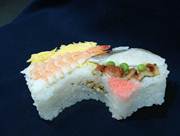 |  |  |
| Registration No. 1470460 | Registration No. 1471522 | Registration No. 1393585 |
| Registered design of Sushi pressed into a shape of Shikoku island. The four prefectures, which constitute the Shikoku island, are expressed by using fried eggs, shrimps, Spanish macherels, green peas, conger eels, and Sakura denbu. | Registered design of Takoyaki produced by using a Takoyaki maker with octopus-like molds. Contrary to a normal Takoyaki having a ball shape, the Takoyaki of this registered design is characterized in that "it has a clear-cut face and long legs, and its head is wound with a headband." (quoted from "Description of the Design" of the Design publication) | Registered design of Japanese traditional dolls. These dolls can be displayed alone or as a hanging display. Shells, which are natural objects that are not created by human hands, are generally not recognized as "industrially applicable" objects, and thus designs of which are not registrable. In this case, however, shells are processed by human hands and the set of dolls are industrially producible in a large quantity. As such, the design of the dolls was registrable. |
Handcrafted items have slightly different shapes piece by piece, but such minor differences are deemed allowable as being covered by the scope of similarity. As such, the right holder of a design of a handcrafted item can claim injunction and/or damage compensation against a person who as a business sells items similar to the handcrafted item, even if such items are slightly different in shape piece by piece. The right of the design also applies to such a case.
■ Agglomerates of Powders or Particles
Designs of agglomerates of powders or particles, such as sugar cubes, are also registrable. As described later, the right of design generally does not apply to a single grain, a single particle, and a mere agglomerate of powder or particles. The right of design, however, applies to an agglomerate of powder or particles with a stable form.
"Design", which is the subject of design right, in the first place needs to express a form of an article. Please note here that the form of an article is required to be specified. For example, powders and particles are constituted by grains, each of which is a solid substance having a stable form, but as a whole do not have a specific form. As such, powders and particles per se are not recognized as articles. However, if such powders or particles are agglomerated to have a stable form like, for example, a sugar cube, they are recognized as an article.
A "design" of an article needs to be visually recognizable when the article is sold in a general way. Since powders and particles are constituted by fine grains, the form of each of which is not recognizable with bare eyes, they generally do not fall under the subject of design registration. However, in a case where the powders or particles are agglomerated to have a stable form so that (i) the agglomerate is visually recognizable when it is sold or (ii) the agglomerate is a type of object that is generally observed in close-up when it is sold, the agglomerate may be recognized as an article.
The following is an example of an agglomerate of powders or particles with a stable form, a design of which is registered.
| Sugar Cube |
 |
| Registration No. 1241844 |
| Registered design of sugar cube. The part indicated by the solid line is protected as a design. This means that the right of design applies as long as the image drawn on a sugar confectionery is identical or similar to the above image, even if the sugar confectionary has a different shape such as a circle or a triangle. |
In a case where the agglomerate is a type of object that is generally observed in close-up when it is sold, the agglomerate is recognized as an article even if the agglomerate is composed of fine grains, such as sugar particles, each of which is not recognizable with bare eyes.
| Sugar Particle |
 |
| Registration No. 1555258 |
| Registered design of sugar particle. The "Description of Article" of this design discloses that a magnified photograph and/or an enlarged view are generally attached when this article is sold. Since it has some cracks on its surface, it seems to be difficult to determine to what extent the right of the design applies. |
■ Images
Do you know that due to the revision of the Design Act in 2019 (effective on April 1, 2020), a design of a graphic image itself of, for example, a graphical user interface (GUI) that is not installed on an article, like a graphic image provided from a cloud server via the Internet, has become registrable, in addition to the previously protected designs of an operation screen of a camera, an operation screen of a recording device, and a screen of an application installed on a smartphone?
For example, the graphic images shown below have been actually registered.
Please note, however, that these registered graphic images are the ones registered before the revision of the Design Act and were required to be:
(i) A graphic image that is recorded in an article that displays the graphic image on its display section (including a graphic image for updating the function of the article); and
(ii) A graphic image for making necessary indications for performing the function of an article or a graphic image that is provided for use in the operation of an article in order to enable the article to perform its function.
Please refer to the following examples.
| Mobile Phone | Ship Controller |
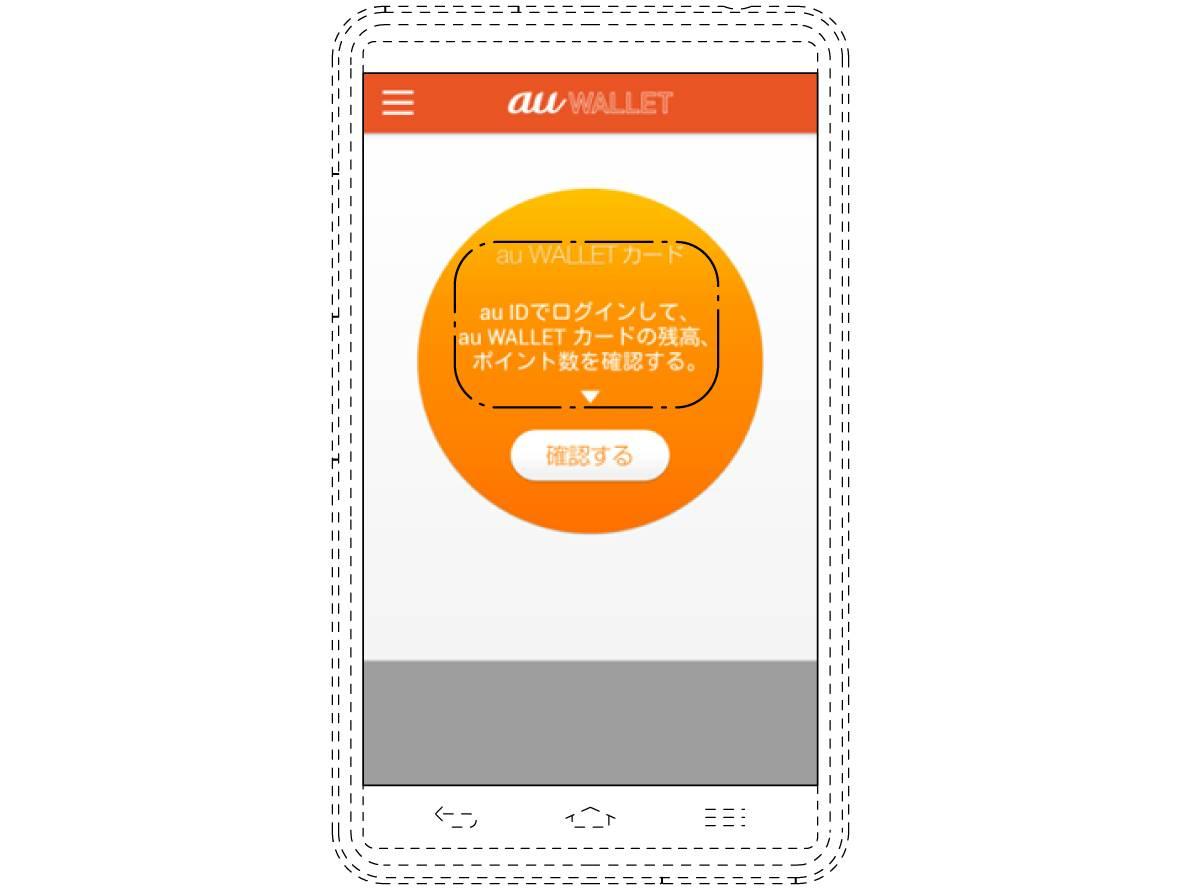 | 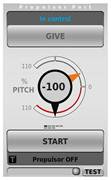  |
| Registration No. 1513436 | Registration No. 1490603 |
| Registered design of image that is pre-stored in an article (an image pre-installed in a device). This article is a mobile phone including a screen display section with a touch panel. In this case, the right of design covers the image that is used for an operation for checking the balance of digital cash, reward points, and the like. | The right of design applies also to an image that (i) is provided for an operation of causing an article to realize its function and (ii) is used together with the article. For example, a right of design may apply also to a recording-reservation screen of a television recorder, which screen is displayed not on the recorder itself but on a television monitor. The above article is a ship controller. The image that is provided for causing the ship to realize its function (for controlling the thrust force of the screw or steering) is not displayed on the ship controller itself, which is the article, but on the touch screen of a display device used together with the article. |
However, due to the revision of the Design Act, only a "graphic image for operation" or a "graphic image for display" has become registrable as a graphic image design, without specifying the article or building on which the graphic image is displayed.
Although as of April 2020, there is no record of registration due to the examination period, new Examination Guidelines for Design list the following graphic images as examples of graphic images falling under the "graphic image for operation" and the "graphic image for display".

Resource: "Examination Guidelines for Design" provided by the JPO

Resource: "Examination Guidelines for Design" provided by the JPO
Please note that a mere screen design (e.g., wallpaper) with no relevance to function and content such as a movie and a game are still not protected under the Design Act.
For more details, please see the "To those in the IT industry" page of our website!
意匠の疑問・お悩みはHARAKENZOに相談ください!

意匠登録や意匠トラブルの解決にあたっては、専門家の判断が欠かせません。
意匠のことでお悩みがありましたら、いつでも知的財産のプロフェッショナル集団であるHARAKENZO事務所にご相談いただけます。
